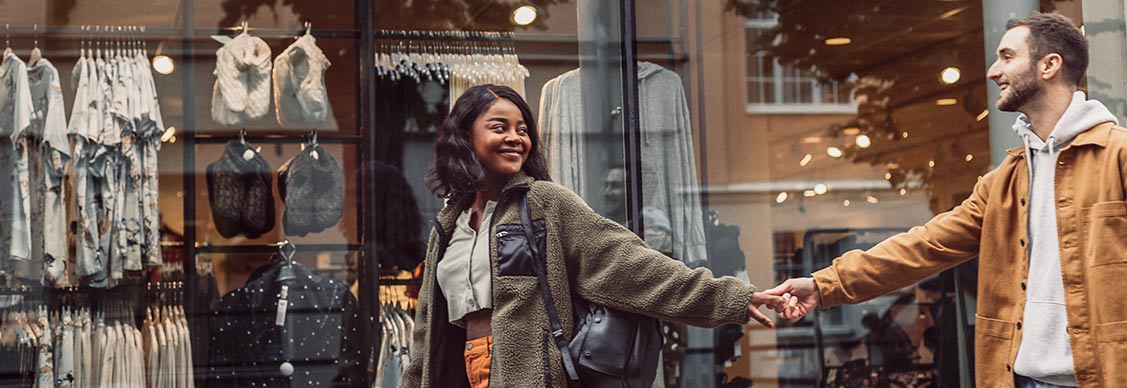What bankruptcies, closures mean for the fashion world
Retailers shuttering stores haven’t kept up with shoppers’ preferences
A slew of retailers closing stores this year tend to have one thing in common: they haven’t changed much over the past decade.
Take Express Inc., a fashion mainstay since 1980. It’s planning to shutter about 18% of its 584 stores, including the complete dissolution of its UpWest brand and the closure of an estimated 95 flagship stores.
U.S. department store Macy’s is closing 150 of its stores this year.
Teen clothing retailer Rue21 is closing all 540 of its outlets.
"These retailers, which didn't invest in their stores or keep current with trends, saw their consumer base simply walk past them," said Paul Chase, JLL’s Managing Director of Agency Leasing and Business Development. "Retail has always been about anticipating and meeting the needs of the consumer, which in today's world involves a seamless approach to in-store and online experiences."
It is predicted that by 2028, in the US alone, almost 50,000 retail outlets will shutter.
“As stores shut down, we can expect new and exciting concepts to take their place, thanks to changing consumer trends and shopping habits,” Chase says. “It's clear that well-located spaces will always be in demand, as seen by the speedy turnaround of recently closed stores.”
With survival challenging in the fast-evolving fashion landscape, retailers must rapidly adapt and innovate or risk becoming irrelevant, Chase says.
Omni-channel experiences drive relevance
Maintaining relevance in the fashion world now requires a firm focus on reaching customers both online and in store, he says. Influencer marketing plays a crucial role in bolstering online presence, particularly for capturing the younger demographic.
"Influencers are sales drivers,” Chase says. “Research indicates over 50% of Gen Z and millennials' purchases are swayed by influencers."
Retailers are also tasked with enhancing their in-store experiences to make them more modern and appealing.
"The shopping experience should resonate with customers when they walk into a store - the products should be relevant and the setup actionable," Chase says.
Adaptive retailers thrive amid changing consumer preferences
Many retailers have evolved their operations to face these challenges head-on. AI chatbots for shopping assistance and virtual fit technologies to help customers find the perfect outfit are increasingly commonplace.
"Retailers are heavily investing in these areas,” says Chase. “A combination of an amplified social platform presence and improved in-store experiences, bolstered by back-end advancements like refining distribution channels and supply lines, are central to staying ahead of customer expectations.”
Future of retail: an eclectic blend of offline and online experiences
Retailers that integrate offline and online experiences, and continuously adapt to meet the needs of consumers, will put themselves in pole position.
"It's a complex equation, but the potential rewards are immense,” Chase says. “Retail is complicated, exciting, fast-moving, and far from stagnant."
The retail sector is not without its challenges, including inflation and staffing. But Chase believes retailers “that leverage new technologies will come out on top.”
